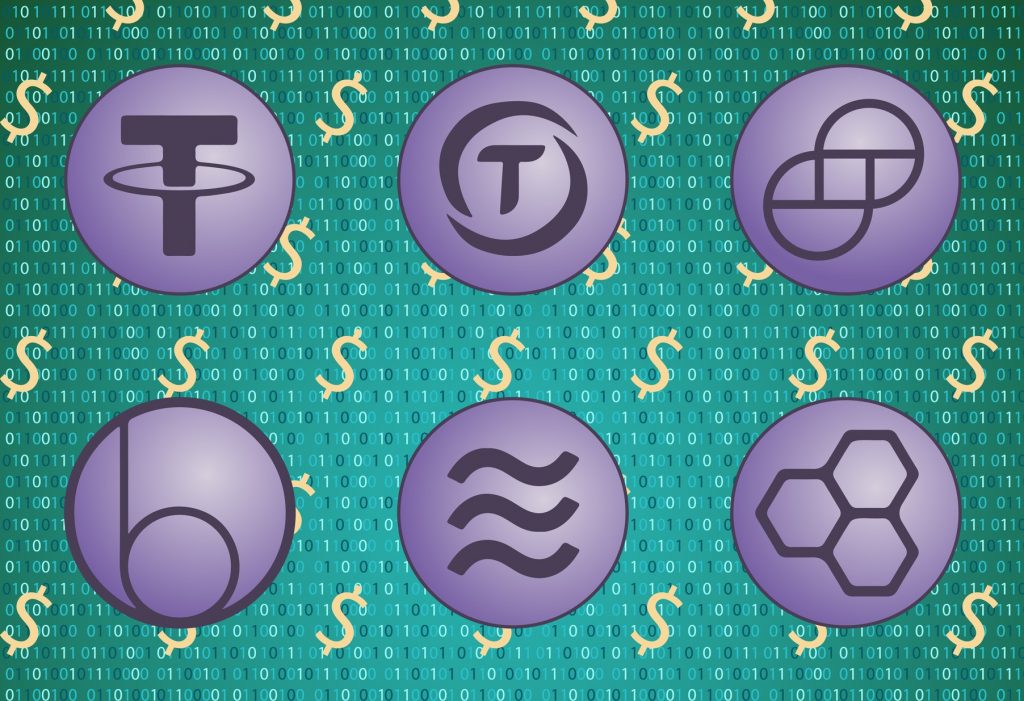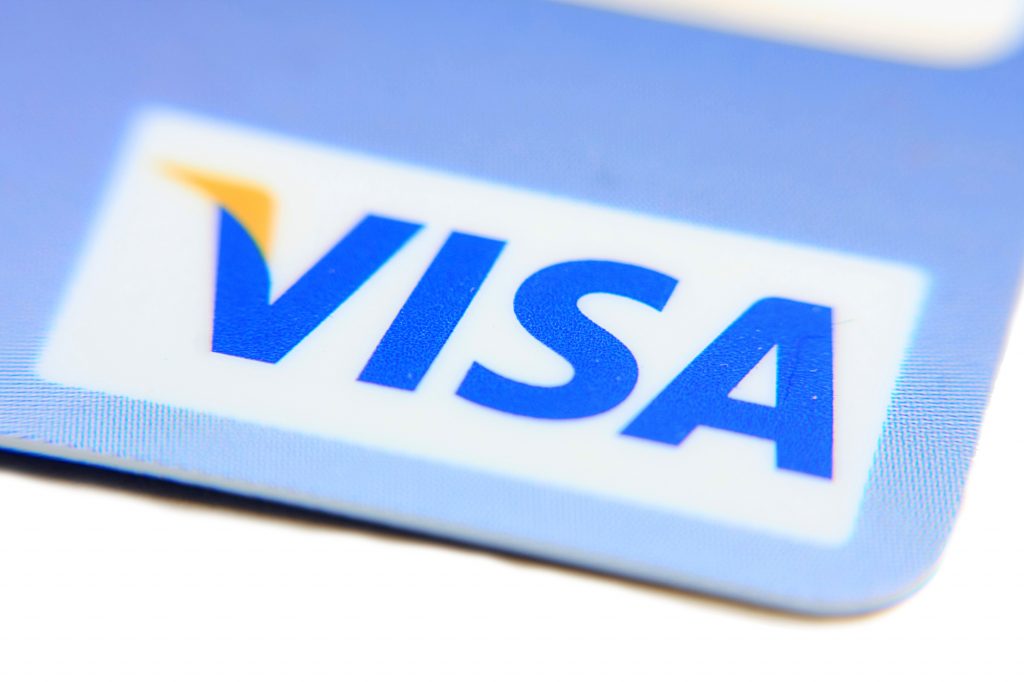What is especially important to have on the radar in the new year in the crypto world? We have identified eight different topics on which a lot will happen next year. The trends for 2020.
Stablecoins will play an important role in 2020, also in terms of regulation.
Stablecoins
This article is part of a cooperation and was originally published on 10×10.ch
What is the next step with the Stablecoins? Towards the end of 2019 a controversy has come to a head. The focus is on "permitted pseudonymity". It allows you to send any number of Stablecoins without being bound to an identity. This is about the all-too-familiar Twitter posts: "30,000,000 USDC transferred from unknown wallet to unknown wallet." It's safe to assume that regulations on "allowed pseudonymity" will soon be put down. The Financial Action Task Force has not yet made any major pronouncements on the Stablecoins. But it is clear that FATF regulations should be technologically neutral. In other words, many argue that the same rules should apply to new technologies as to established technologies.
G20 sees risks with regard to stablecoins
The G20 at any rate sees clear risks in Stablecoins: money laundering, financing crime, and violation of investor and consumer rights. The EU is apparently currently preparing for regulation to take stronger action against Stablecoins, which represent the euro. It is of course exciting to see how the US will position itself on this issue in the medium to long term. The attitude towards Facebook's crypto currency Libra is currently rather negative. The arrogance and lust for power with which US politicians rave about the Libra project sometimes seems grotesque. Will they finally floor the Libra private currency next year?
International Competition
We don't know. Despite the current defensive stance, the U.S. government could possibly turn around as early as 2020. After all, a demand for Libra would ultimately be primarily a demand for US government bonds and could channel funds from third world countries into debt securities of industrialised countries - first and foremost the USA. And the US government could even get a taste for other stablecoins. After all, dollar-denominated stablecoins are likely to drive dollarisation in high-inflation countries. For a user in an increasingly digital world, a dollar-based stablecoin has technical and economic advantages over physical dollars and could accelerate the displacement of local currencies. And since every stablecoin transaction is mapped on a public blockchain, a public ledger, the transactions are pseudonymous and not anonymous, as is the case with cash. This clearly reflects the preferences of the US government.




